The geopolitical competition between the US and China continues to spread across many fields as the world's two leading superpowers are betting in the race to master anti-drone (UAV) technology, which will likely reshape the future of future conflicts.
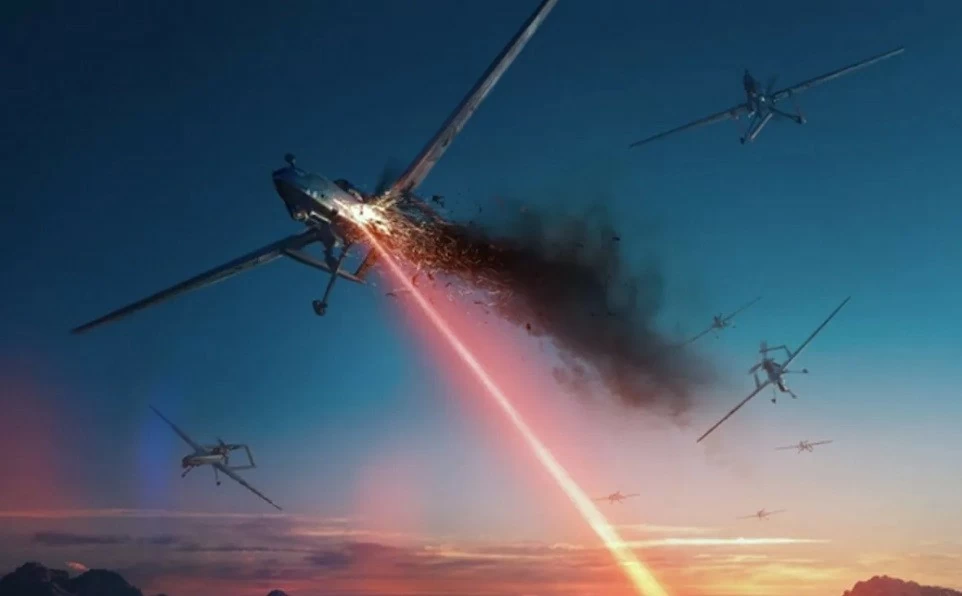 |
| The Zhuhai exhibition highlights the urgent global need for anti-UAV equipment and systems, given the growing use of these weapons in conflicts. (Source: X Screengrab/Fox News) |
China’s directed energy countermeasures against UAVs are making significant progress, with several high-powered microwave systems being showcased at the 15th China International Aviation and Aerospace Exhibition (Zhuhai Expo), The War Zone reported recently. Among them, mobile, high-powered ground-based microwave weapons designed primarily to neutralize UAVs stand out.
Growing demand for anti-UAV equipment
According to The War Zone , the new weapons, developed by China South Industries Group (CSGC) and Norinco, include a microwave system mounted on an 8×8 light armored vehicle and another system mounted on a Shacman SX2400/2500-series 8×8 truck. In addition, these systems all have flat-panel arrays and radars to detect and track targets.
Taking place from November 12-17 in Zhuhai City in Guangdong Province (China), the Zhuhai Exhibition highlights the urgent global need for anti-UAV equipment and systems, due to the increasing use of these weapons in conflicts, especially the Russia-Ukraine conflict.
The War Zone points out that the capabilities of these new systems remain unclear, however, their development and deployment also reflect China's strategic focus on countering aerial threats.
Also according to The War Zone , this month, the US military achieved 170 successful UAV kills using Coyote Block 2 interceptors in various global operations, emphasizing the increasingly important role of anti-UAV weapons in addressing aerial threats.
Coyote Block 2, manufactured by US defense contractor Raytheon, uses a high-explosive warhead and is part of the Low-Speed, Slow UAV Integrated Defense System (LIDS), which includes fixed and mobile components.
The world's number one power is planning to expand its arsenal with up to 6,700 new Coyote interceptors, along with additional launchers and radars by 2029, and develop Block 3 variants with non-kinetic payloads. At the same time, it is exploring other anti-UAV technologies, including directed energy weapons and electronic warfare systems.
The US military's layered approach is seen as effective in addressing the growing UAV threat.
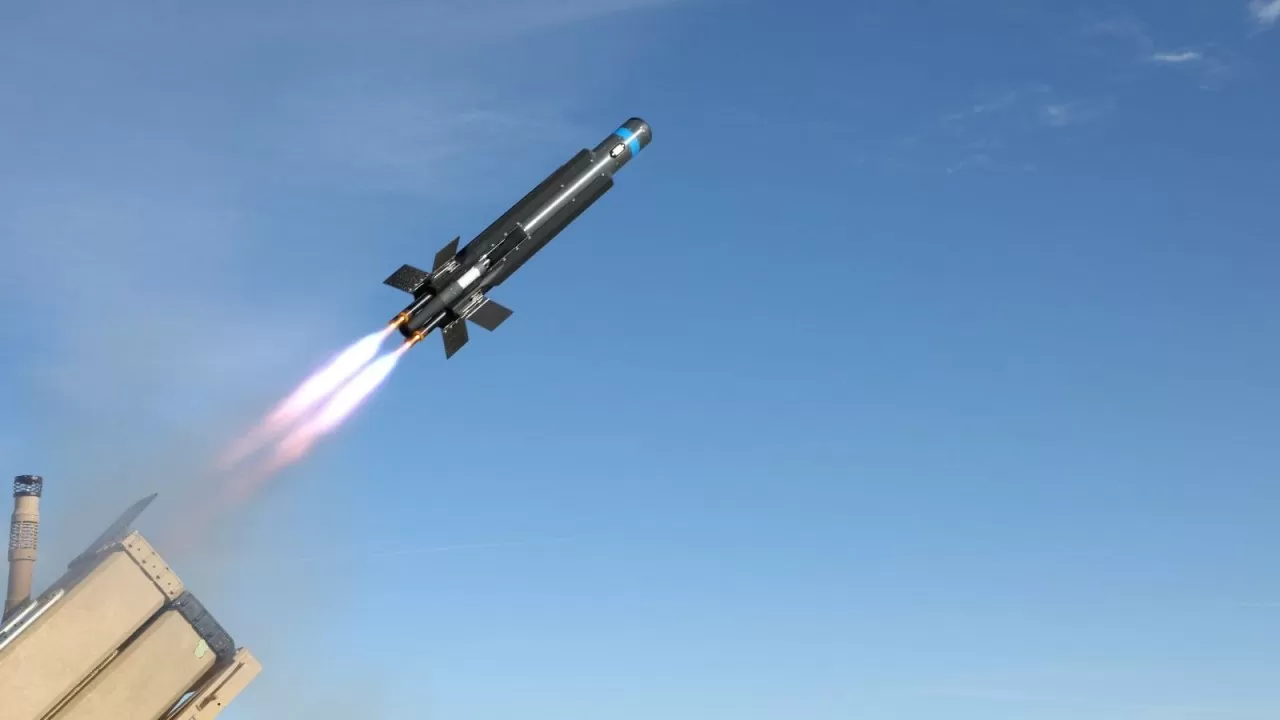 |
| Coyote Block 2, manufactured by US defense contractor Raytheon, uses a high-explosive warhead that can effectively find and destroy UAVs. (Source: Raytheon) |
Unique advantages and challenges
However, the lines of UAV interceptor weapons that the US is using have their own advantages and challenges.
Directed Energy Weapons (DEW) are a line of weapons that are widely used by the US military. This is a line of long-range weapons that damage targets with highly concentrated energy without the need for solid ammunition, including lasers, microwaves, particle beams and acoustic beams, using high-power microwaves (HPM).
HPM-based DEWs have the potential for rapid, accurate targeting with a theoretically unlimited ammunition load, making them ideal for disabling multiple UAVs in quick succession. They also cause minimal collateral damage and can engage threats beyond the range of conventional artillery rounds.
Meanwhile, small UAV interceptors offer great flexibility and adaptability, especially in urban terrain. They can maneuver to attack UAVs at close range, allowing for defensive strategies in complex, confined spaces.
Additionally, with the ability to deploy rapidly and operate autonomously, these aircraft can also be expanded.
However, their durability is often limited by battery life, while attacking large, fast-moving aircraft can quickly become significantly difficult.
In high-intensity scenarios, interceptors may have difficulty keeping up with large, coordinated aircraft swarms, especially against increasingly sophisticated enemy UAVs.
In a September 2024 report by the Center for Security Studies, Russian military expert Dominika Kunertova said that large and small UAVs have shown remarkable adaptability in tactical applications, making high-intensity, cost-effective air support widely accessible.
Ms. Kunertova detailed how the Ukrainian military leveraged low-cost, commercially available UAVs to come up with innovative, low-cost attack strategies.
The expert also said that as UAVs become more autonomous and integrated with other weapons, they could reshape military doctrines and organizations. However, she affirmed that so far, their contribution has been only incremental improvements to existing military operations, not groundbreaking changes.
Source


![[Photo] Prime Minister Pham Minh Chinh receives the Chairman of the Japan-Vietnam Friendship Association in the Kansai region](https://vphoto.vietnam.vn/thumb/1200x675/vietnam/resource/IMAGE/2025/11/03/1762176259003_ndo_br_dsc-9224-jpg.webp)

![[Photo] General Secretary To Lam receives Singaporean Ambassador Jaya Ratnam](https://vphoto.vietnam.vn/thumb/1200x675/vietnam/resource/IMAGE/2025/11/03/1762171461424_a1-bnd-5309-9100-jpg.webp)
![[Photo] Fall Fair 2025 and impressive records](https://vphoto.vietnam.vn/thumb/1200x675/vietnam/resource/IMAGE/2025/11/03/1762180761230_ndo_br_tk-hcmt-15-jpg.webp)




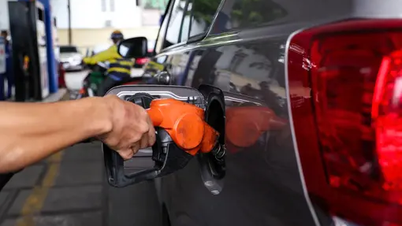



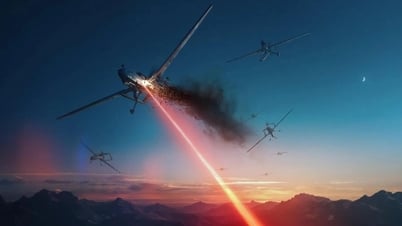


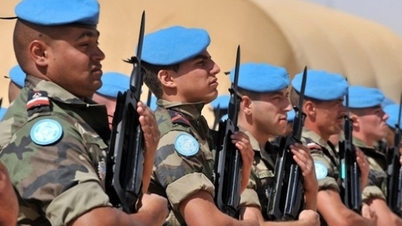






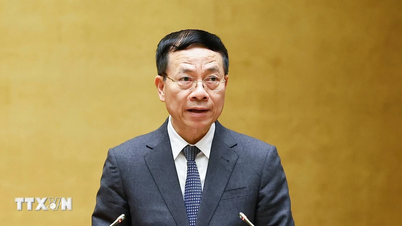






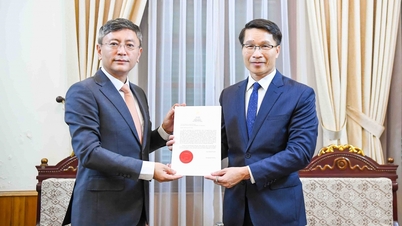





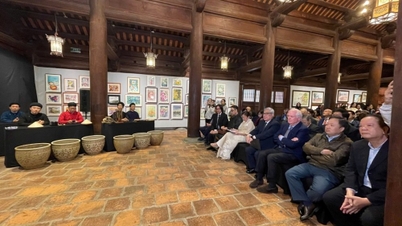



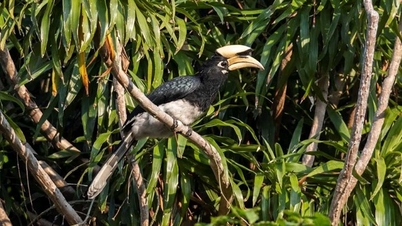





















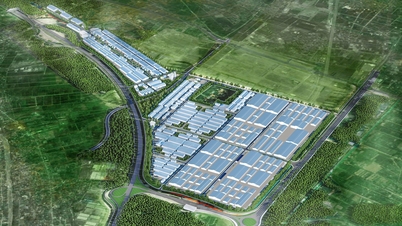















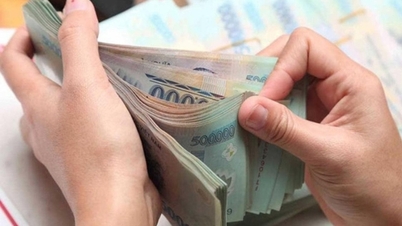


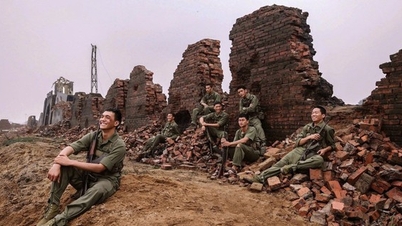


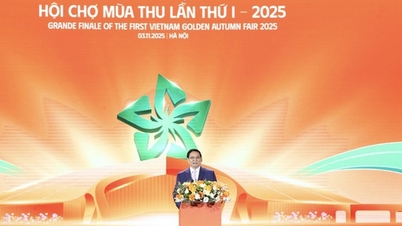
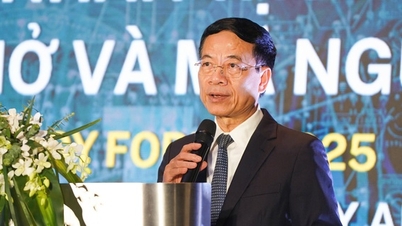
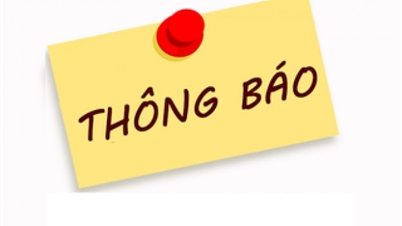

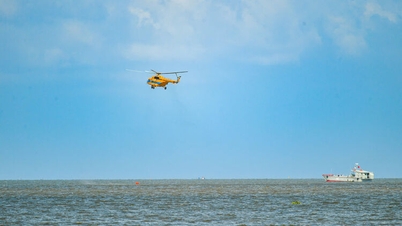


![[Infographic] How will Dong Nai's economic indicators grow in the first 10 months of 2025?](https://vphoto.vietnam.vn/thumb/402x226/vietnam/resource/IMAGE/2025/11/04/1762224574377_anh_thumbnail_chi_tieu_kt_xh_10-2025_20251103215336.jpeg)











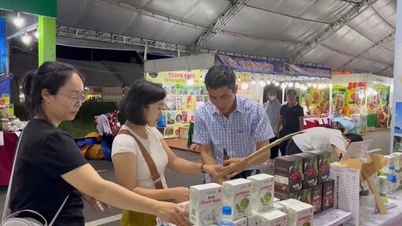







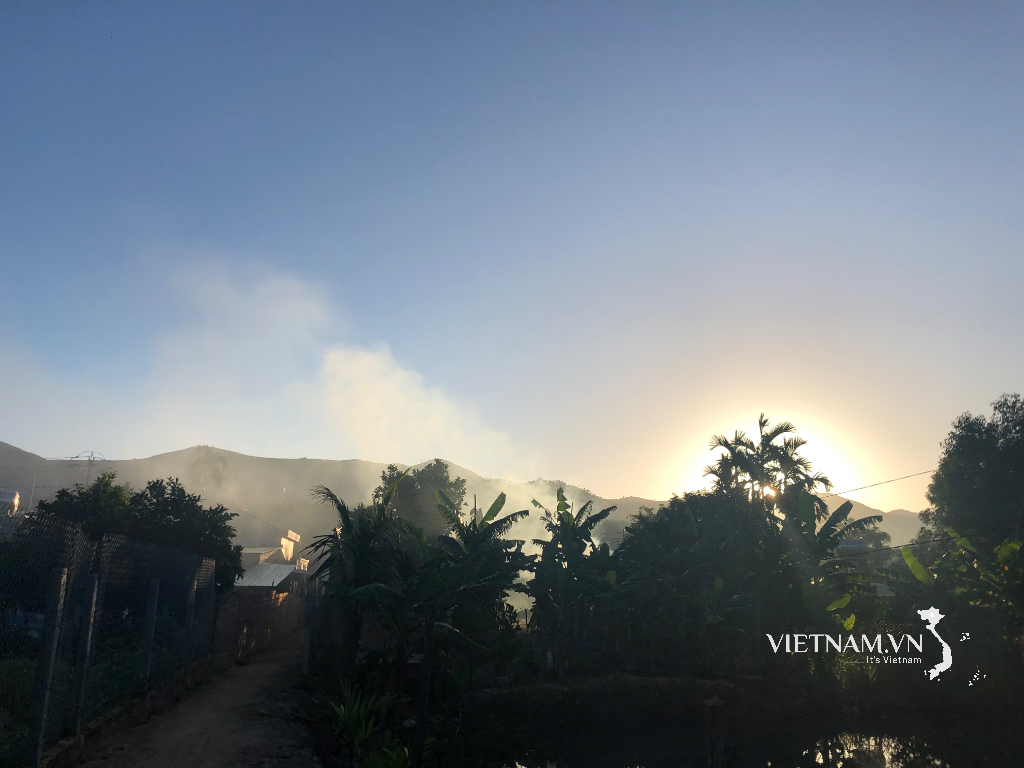
Comment (0)